Courses
The Networks of Enlightenment
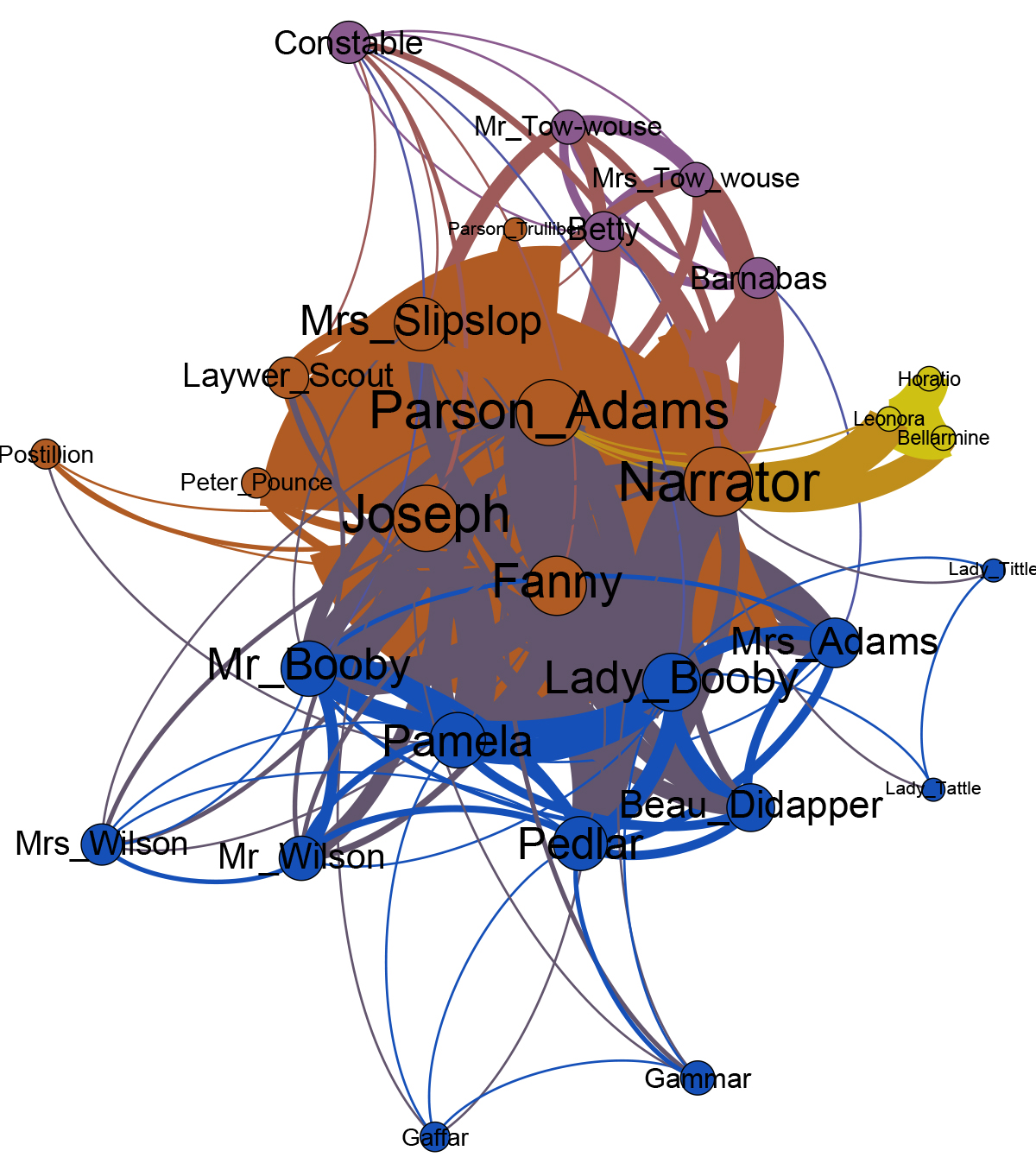
The eighteenth century is characterized by social change: whether through political upheaval, scientific discovery, or colonization, the ways in which people related to each other within public and private spaces both reflected the rapidly changing world and, in turn, precipitated this change. Although we do not have direct access to the ways in which social networks formed during the eighteenth century, we can recover the imaginative social spaces represented in the literature and drama of the period. In this course, we will use the emerging methods of social network analysis to investigate the different ways in which authors of the Enlightenment imagined social relationships and the work that they did. By combining computational and critical analysis of these networks we will see how different kinds of social spaces yield different kinds of relationships and how we can use the networks that characterize these relationships to better understand the social work of the novel or play.
Together we will read and analyze both the romantic entanglements of comedic plays and the dense political relationships of dramatic plays (from, for example, The Man of Mode to Venice Preserv’d), as well different kinds of eighteenth-century novels, from the Gothic conventions of The Castle of Otranto to the social conventions of Sidney Bidulph. Together and individually we will identify the social relationships in these texts as we use networking tools, such as igraph or Gephi, to visualize the social world of the text. We will supplement our computational experiments with theoretical readings, including excerpts from Habermas’ The Structural Transformation of the Public Sphere and Latour’s Reassembling the Social. Students are not expected to have any previous experience in network analysis as this course will also function as a practical, methods-based introduction to network analysis in the Humanities.
Data and Knowledge in the Humanities
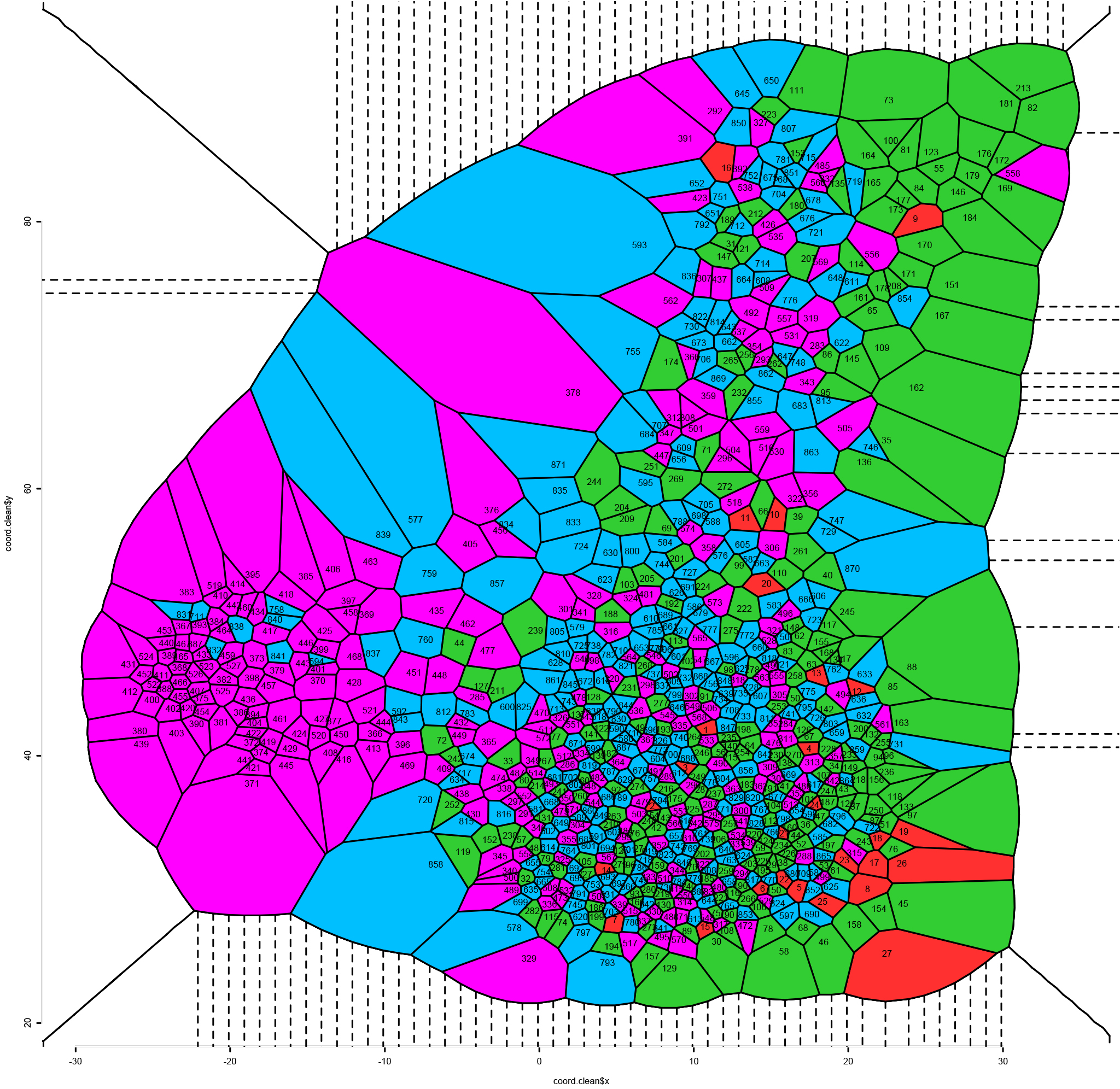
With the computational and scientific turn during the late twentieth century, knowledge and data have become linked in the public imagination: knowing more things, in other words, has become equated with knowing more about things. In our current moment, therefore, how do skills such as interpretation and critical thought work with data in the process of creating knowledge? As an emerging field, Digital Humanities (the use of computational technology to study large archives of texts) is forced to grapple with this problem as it combines a scientific interest in data analysis with a humanities interest in figuring out what the data means. In this course, we situate these new humanities approaches by looking at how different kinds of arguments make use of data across disciplines. Beginning with the mathematical revolution in the seventeenth-century, we will investigate how subjects like cosmology, which were long the domain of philosophy and theology, became mathematical subjects. Similarly, in the early nineteenth-century, sociology emerged as a statistical intervention into the philosophic understanding of human society. As we move from historical data revolutions to the present day, we will look together at how the interaction between critical interpretation and data analysis is reshaping knowledge in the humanities, how our current technological moment repeats the transformations of the past, and how the future evolution of scholarship will depend upon the ways in which we answer the dual needs of data and interpretation now.
The Grotesque: Aesthetics of the Bizarre and Unnatural
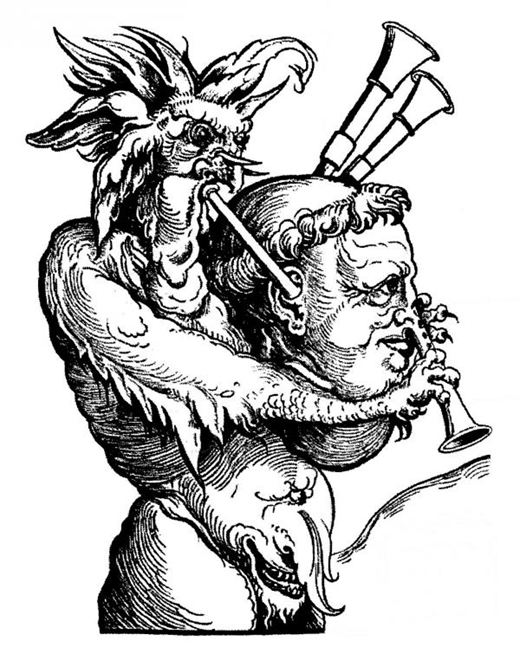
Erhard Schön, “Der Teufel mit der Sackpfeife,” 1535
What purpose does the disgusting, or the shocking or the sordid – in short, the Grotesque – have in art? Despite theories of aesthetics that try to demonstrate and promote that which is beautiful, why do authors, filmmakers and artists so frequently return to themes, descriptions and motifs that are designed to shock or repel the audience? In this course, we will investigate a history of the grotesque in Western European literature, art and film from the eighteenth century until today. What kinds of messages or ideas can be better conveyed by the grotesque than by the beautiful? What techniques and tactics have been developed by authors seeking to shock or surprise us? And why are we, as an audience, attracted to representations of objects or events which are designed to repel us? To explore these questions, we will examine a variety of media and theories that explore the place of the grotesque in art.
The readings for this course will trace the development of the grotesque from the Renaissance until the present day. Together we will read literary renditions of the grotesque, from E.T.A. Hoffman’s The Sandman, to Poe’s Tales of the Grotesque to the Grimm’s fairy tales. We will also study a variety of interpretations of the grotesque in films from the twentieth century (for example Murnau’s Nosferatu or the expressionist films of Lang). To aid our discussion, we will also include a number of theoretical works, including excerpts from Nietzsche, Freud, as well as readings from Bakhtin’s Rabelais and His World.
Meaning and Mining
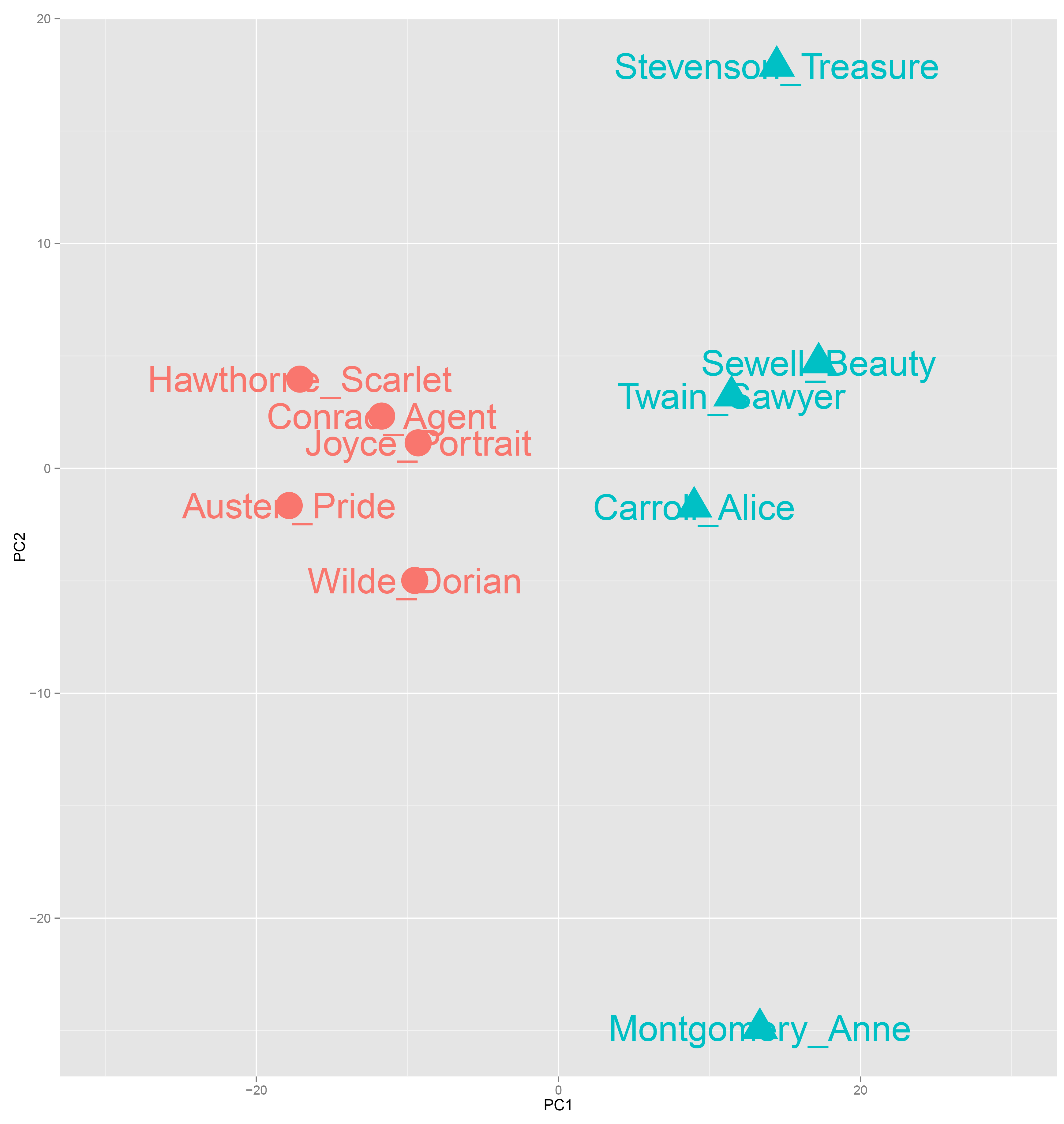
In this class, we will explore ways to apply the methods of the digital, or computational, humanities to questions of literary theory or criticsm. Our goals will be twofold: first, you will gain hands-on experience in the techniques and strategies of the digital humanities, particularly what has been called by Moretti et al “quantiative formalism.” Through this course you will learn the basic techniques of how to design and implement a digital humanities project, perform analyses based on standard “text-mining” techniques, and present the results of these analyses within an appropriate visualization. Far more important, however, is understanding how these methods can be integrated within the practices of literary criticism. How can we quantify, or operationalize, questions that are meaningful to our understanding of literary theory or history? Similarly, how can we interpret the results of a quantiative analysis and mobilize the information we learn using the methods of the digital humanities with humanisistic modes of inquiry? These are the primary questions that we will seek to tackle together through our practical explorations of quantiative and computational methodologies. Accordingly, we will take both a theoretical and practical approach to the Digital Humanities, seeking to understand the implications of digital methodologies for literary studies, while remaining sensitive to the kinds of data that such methods subordinate, or exclude. Through dicussions and hands-on original research within the Stanford Literary Lab, we will work to understand how to use the digital humanities as a new, essential, tool for literary criticism in the twenty-first century.
Critical Text Mining
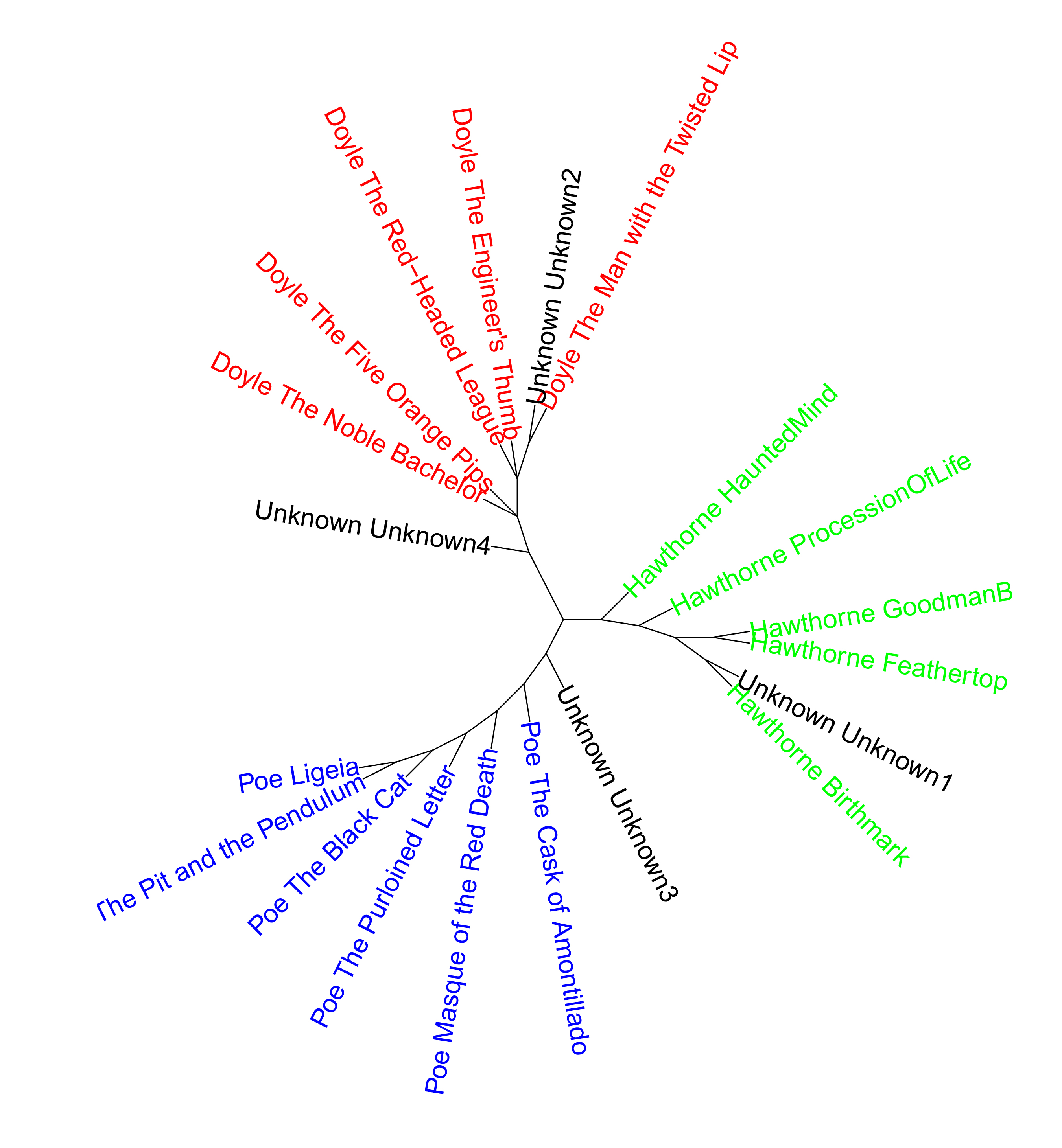
Text mining, the practice of using computational and statistical analysis on large collections of digitized text, is becoming an increasingly important way of extracting meaning from writing. Whether working on survey data, medical records, political speeches or even digitized collections of historical writing, we are now able to use the power of computational algorithms to extract patterns from vast quantities of textual data. This technique gives us information we could never access by simply reading the texts. But determining which patterns have meaning and which answer key questions about our data is a difficult task, requiring not only knowledge of statistics and computer science, but a critical approach to analyzing the graphs, charts and numbers that we receive as output from a quantitative analysis of text. In this course, we will explore the different methods through which text mining can be used to “read” text in new ways: including authorship attribution, sentiment analysis, genre studies and named entity extraction. While students will learn the basic skills of text mining, including developing appropriate research questions, assembling and cleaning textual corpora and employing different quantitative methodologies, our focus will be on the analysis and interpretation of our results. How do we formulate research questions and hypothesis about text that can be answered quantitatively? Which methods fit particular needs best? And how can we use the numerical output of a text analysis to explain features of the texts in ways that make sense to a wider audience?
This course will combine lectures, discussion groups and hands-on lab work in the Stanford Literary Lab to explore these questions and introduce students to the practice of literary and critical text mining.
Suspense and Fear in Literature: Digitally Decoding a Literary Effect
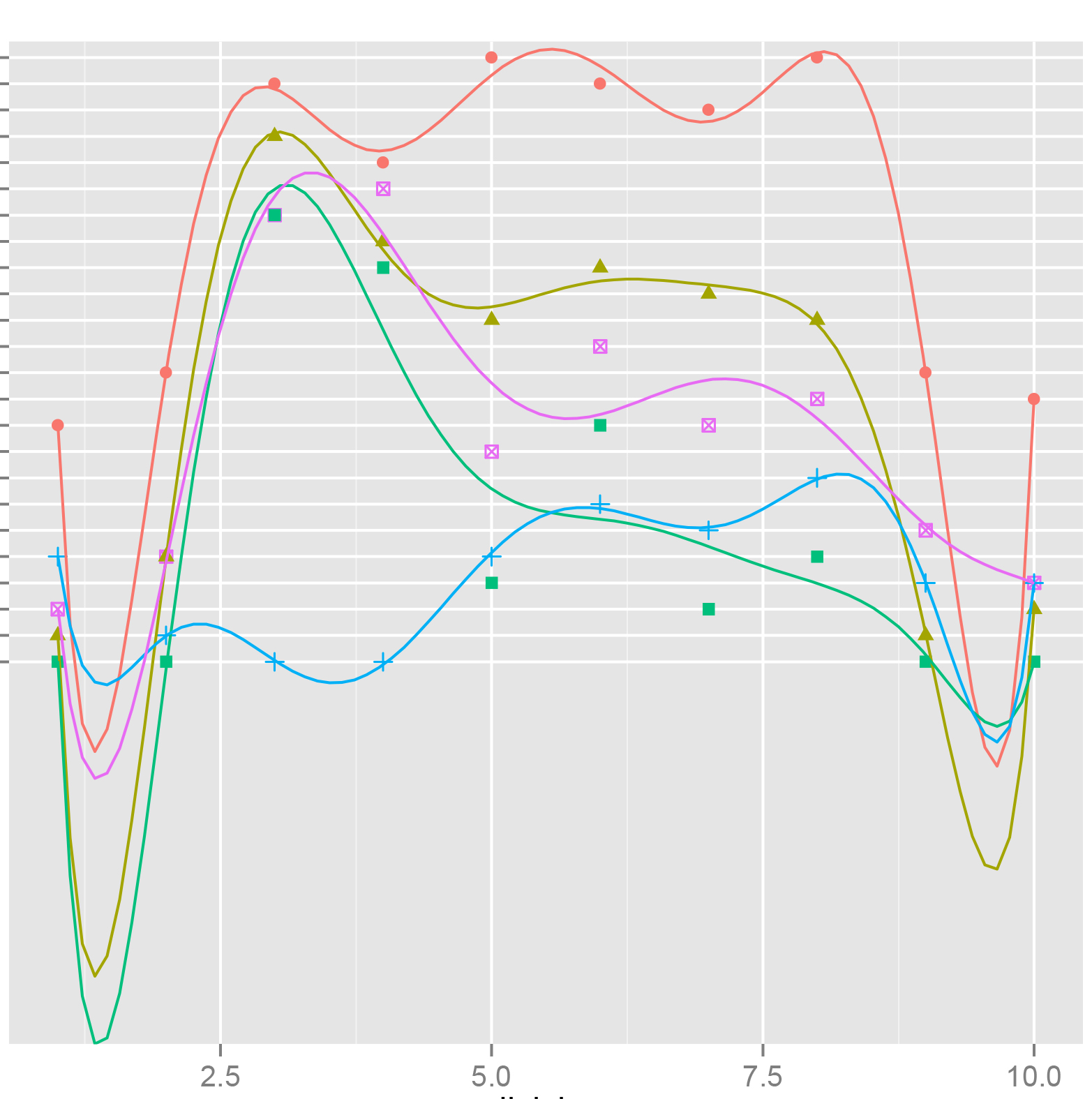
How does suspense work? We are well accustomed to the feeling created by a particularly suspenseful scene in a book, but how much do we know about how that effect functions? Does it have to do with the author’s choice of subject matter? Is it his or her way of relating (or not relating events)? Is there some pattern of language that makes certain kinds of writing suspenseful? Our goal in this course will be to explore possible answers to these questions in key works of literature from the last three centuries. From Gothic fiction, to Victorian melodrama, and from the detective novel to contemporary thrillers, we will trace the patterns and techniques that create the literary effect of suspense. But our reading and discussion of suspense in these texts can only take us so far. Even the critical theories on suspense literature do not provide us with a full understanding of how this effect works. In addition, therefore, we will combine our reading and discussion of these works with analysis of the text themselves using the new techniques of the digital humanities. As new tools on the cutting edge of literary studies, methods such as pattern and frequency analysis, topic modeling and sentiment analysis can give us new and surprising insights into the ways in which literature, particularly suspenseful literature, functions. As we read and discuss these texts, we will also use this technology together to break apart the writing on the molecular level of the word, or the phrase, and uncover the coded patterns that make the effects of suspense possible.
Our class discussions, therefore, will involve both critically thinking about the texts we will read, and collaborative digital analyses of these texts. We will also work together to build a sample of additional texts to explore with our digital methodologies. Finally, we will compare our analyses with some of the major theoretical explanations of suspense from the past century. For students who are either interested in the idea of suspense or who are curious about the new digital techniques of literary studies, this course will provide an introduction to both. No previous experience with either is necessary to participate in this course: merely an interest in the subject matter and an open mind on new ways to read and write about some of our core literary values. It is also important to stress the collaborative nature of our digital project. This course does not require any technical knowledge as a prerequisite: instead, part of our class time will be devoted to learning these new analytic methodologies together that we will then apply as a group to various texts and groups of texts.
Mapping the Romantic Imagination
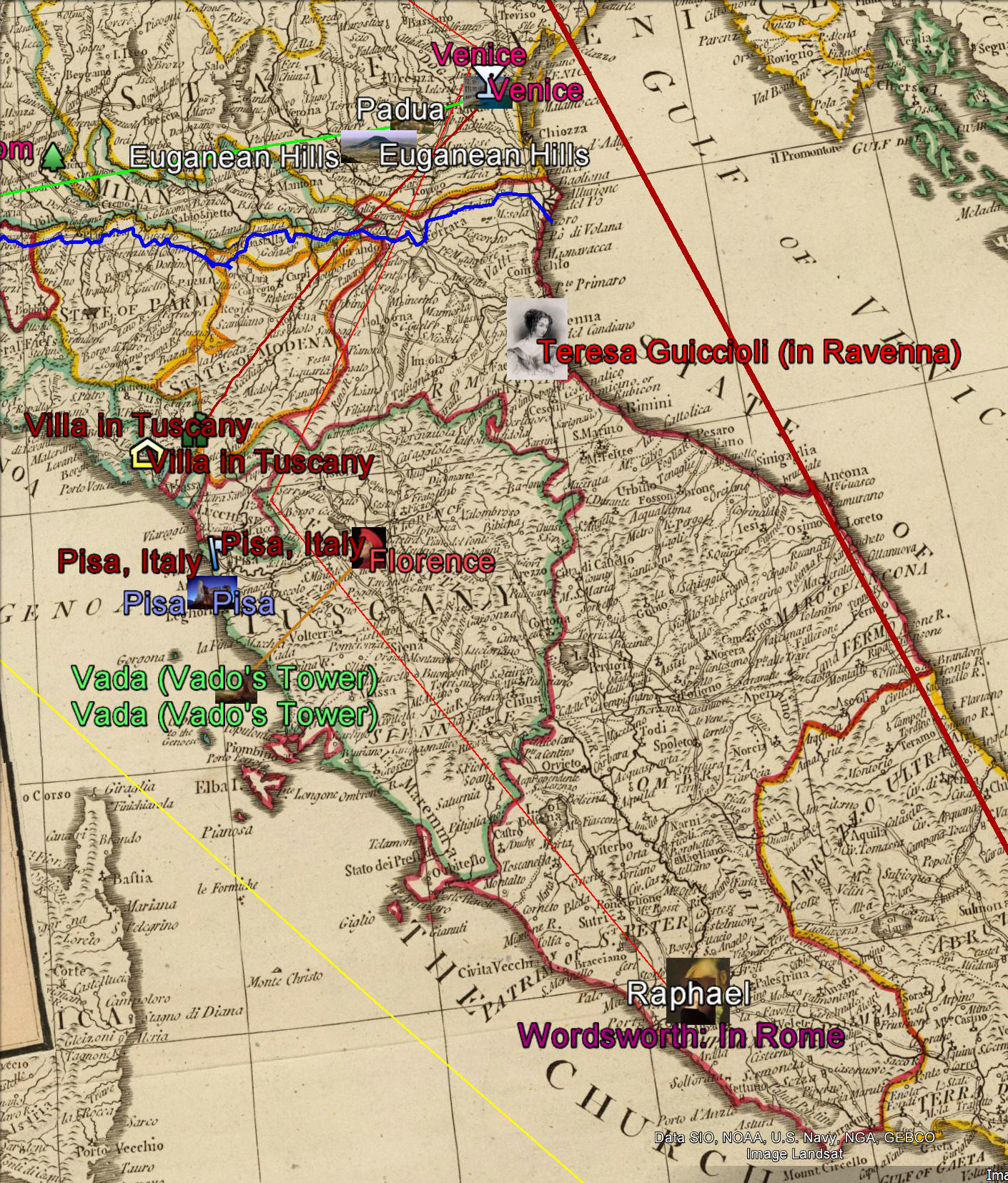
The goal of this class is to build a Romantic XenoGraph: an interactive digital map of the places and geographic spaces that informed the writing of British Romantic poets, essayists, and novelists between 1780 and 1830. Through this project, we will explore the meaning of foreignness in the Romantic period. Why was the geographic imagination so resonant for the Romantics? What did they gain through their poetic descriptions of foreign people and places? Are there particular subjects or ways of writing that happen in or about particular kinds of places? We will seek to answer these questions by supplementing our readings and discussions of Romantic literature with digital analyses as we create a new map of the physical and imaginative geographic interests of the Romantic period. Authors include Mary Wollstonecraft, Felicia Hemans, Lord Byron, Anna Barbauld, Ann Radcliff, and Syndey Owenson. No prior technical experience required.